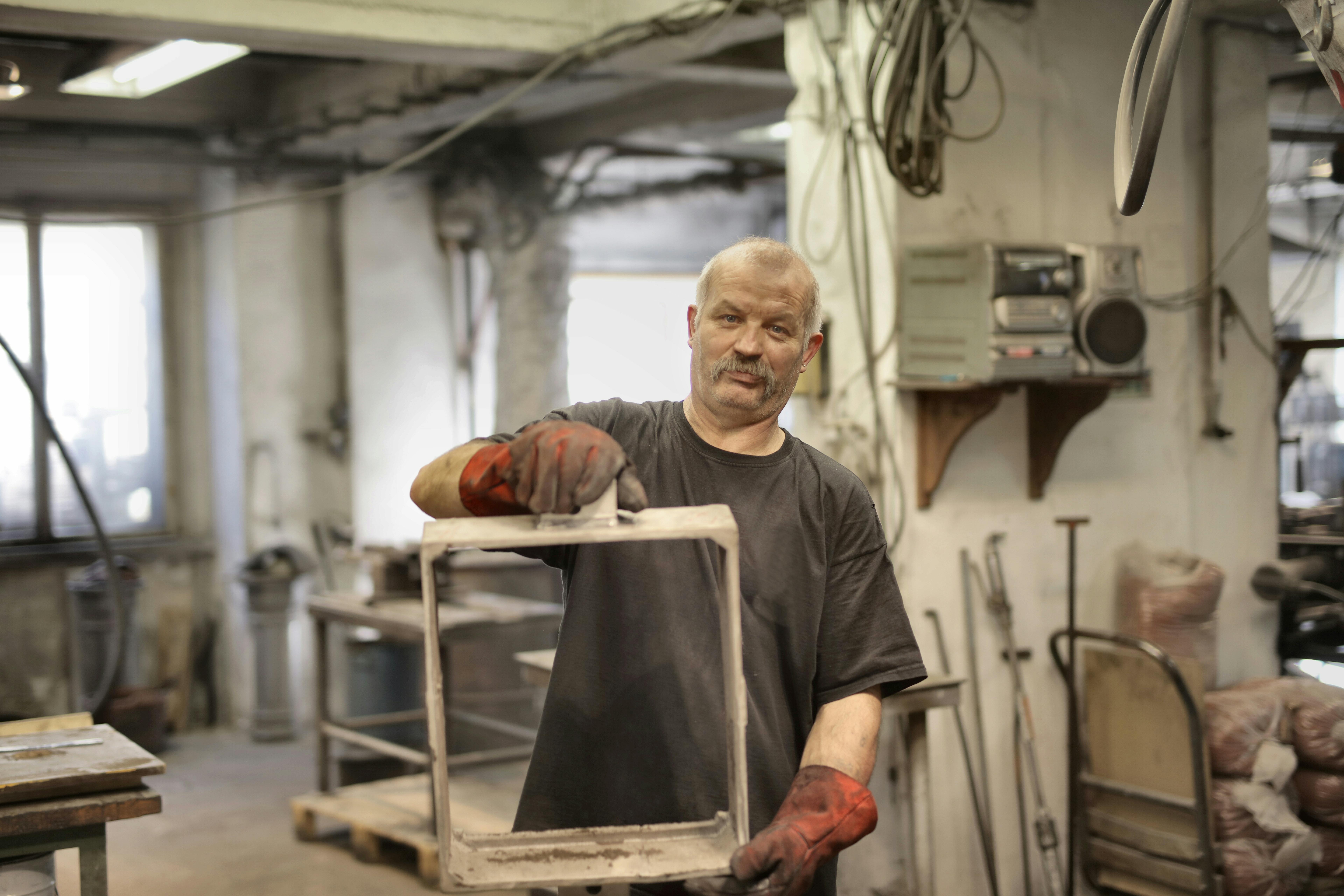Tree pruning
Because a tree is not like a shrub that must be thinned frequently, pruning is permanent and has a significant effect on its structure and appearance. The most beautiful mature trees maintain their youthful appearance by deliberate pruning as they grow. It is advisable to make small wounds on mature trees rather than large ones when pruning. Too large a wound can damage a tree.
2 categories of tree pruning
Tree pruning allows you to prune trees by either thinning or topping, no matter how old or young they are.
tree thinking
Multiple branches can be removed at once, or one branch can be shortened to connect to another. This type of pruning can be used to stimulate a tree’s growth while removing unhealthy or weak growth. Thinning cuttings are also used to improve air circulation in the crown of a tree, as well as the infiltration of sunlight into the inner surface of the leaves or the ground below. Thinking also enhances the naturally symmetrical shape of a tree.
tree header
the ends of the lateral branches are trimmed back to a bud that forms as a result of pruning, resulting in a shorter tree. If headcuts are used on branches older than one year, it is difficult, if not impossible, to rectify the deformity.
Problems with coverage
A header cut when done poorly is known as a topping. This is the most common tree pruning mistake and the most devastating to the well-being of the tree. The act of topping is carried out by removing branches and even the main trunk of the trees to leave stumps. It can also occur naturally when strong winds break down the structure of the trunk.
As a consequence of topping, the tree enters a state of overfeeding, causing it to die from leaf drop. The shoots are replaced quickly and are spindly, weak and break easily. Also, these buds need frequent trimming to prevent them from breaking.
Conversely, topping creates large, open wounds in the trees, which are difficult for trees to seal. These wounds facilitate the spread of cavities or diseases, which create weak points in the structure of the branch. Decaying stumps also compromise the structural integrity of the tree.
Tree trimming is not a task to be taken lightly. It should not be done for the sake of doing. A bad technique or excessive cutting can have catastrophic consequences for the plant. Some of the most serious results are the reduction of growth, flowering, fruit production and the vulnerability of the species to pests or diseases.
Are you beginning to understand the importance of this process?
With pruning you will not only be keeping your tree in perfect condition, you will also be manipulating its growth, its shape and, if it is fruitful, its fruit production.
What types of pruning are there?
Before pruning, you must be very clear about what you are looking for with this process and, above all, what the tree really needs.
As we have commented, not all plants have to be pruned periodically. In many cases, a simple intervention is enough when growth gets too out of control. Others will only require the removal of the withered parts.
Each plant has a need for pruning and knowing its characteristics and requirements will be decisive. You will prune in one way or another depending not only on these factors, you must also take into account the season of life in which the tree is located.
There are several types of pruning, but the most important is training and maintenance. Other processes are fruiting, rejuvenation or flowering.
pruning training
The goal of this process is to shape a species so that it has a certain aesthetic appearance. Training pruning also induces the development of strong, well-distributed branches and, in the case of a fruit tree, the simple picking of the fruits.
The basic purposes are:
Direct or limited growth: If a tree is allowed to grow freely, it may seem too wild for our garden. What is sought with training pruning is to keep the development of a species balanced. A clear example of this is bonsai or hedges.
Control the production of flowers and fruits: excessive production of flowers or fruits can cause poor quality. By pruning a few sections of internal or weak branches, the energy of the tree is diverted towards what really matters.
Prevent the appearance of pests and diseases: it is an effective means to control the attack of pests or diseases. A well done pruning will allow the tree to develop stronger and with more vitality. In addition, the breakage of the weakest branches (entrance door for infectious organisms) will be avoided.
Training pruning is carried out during the first years of the plant’s life, especially in the moments after planting.
maintenance pruning
Also known as sanitation. This pruning consists of eliminating the most undesirable parts of the tree. When we talk about undesirable we refer to dry branches, stumps, weak branches at risk of breaking, dry leaves, etc.
This process must be carried out once the tree has its already defined shape and is carried out throughout the life of the specimen. There are species that require maintenance pruning every year (such as fruit trees) and others for which less frequent cutting is sufficient.
Before proceeding with this task, you should know what the requirements are for the species you are planting.
